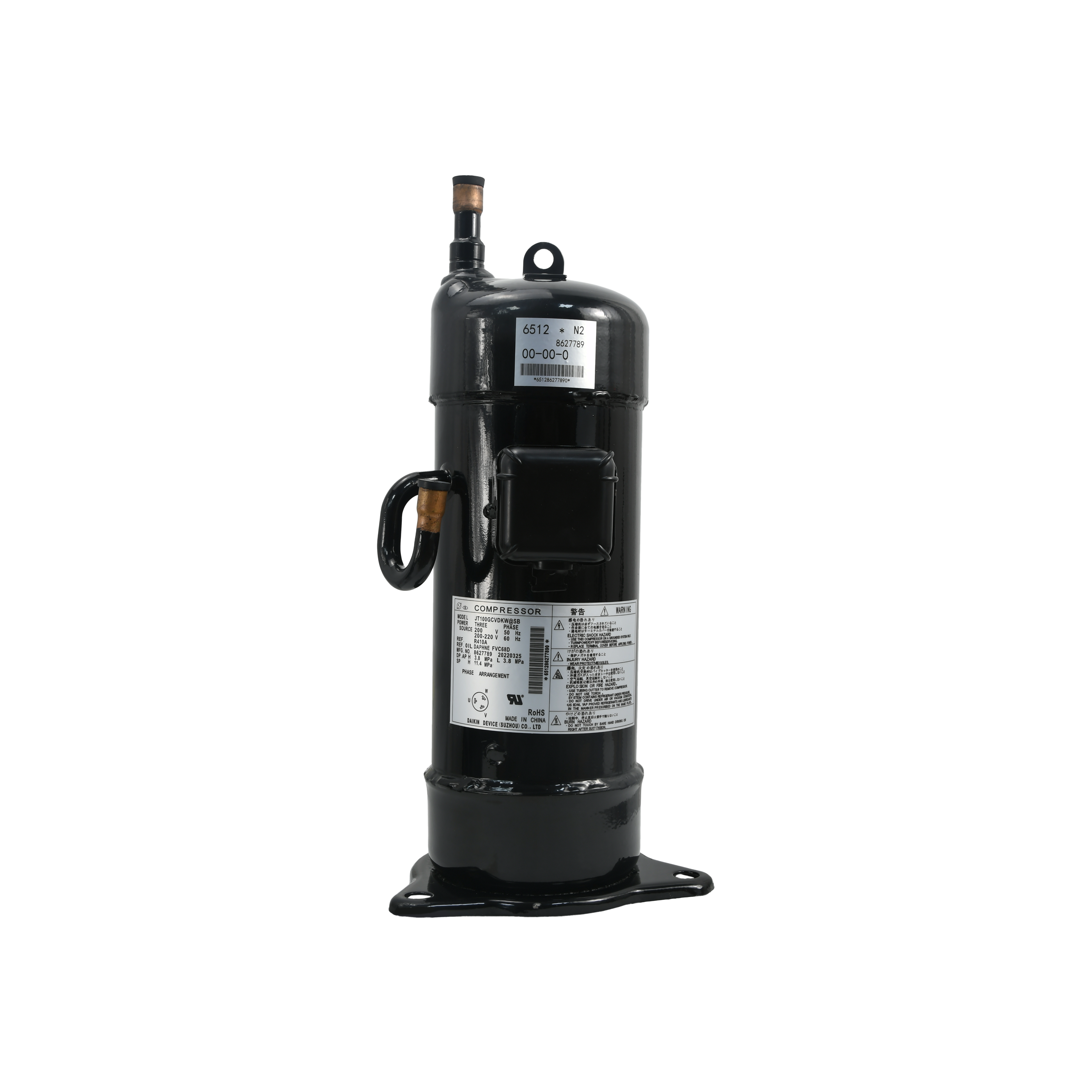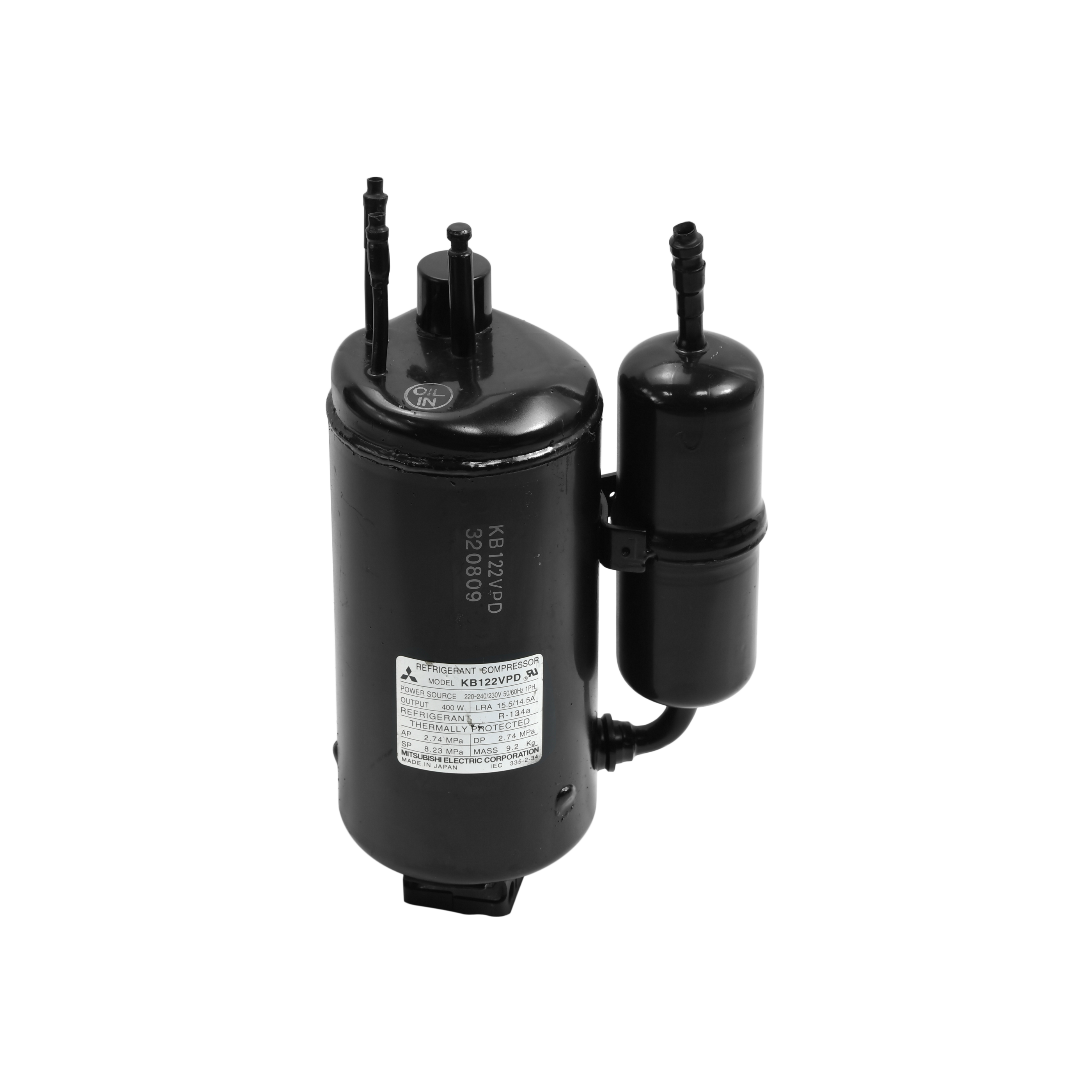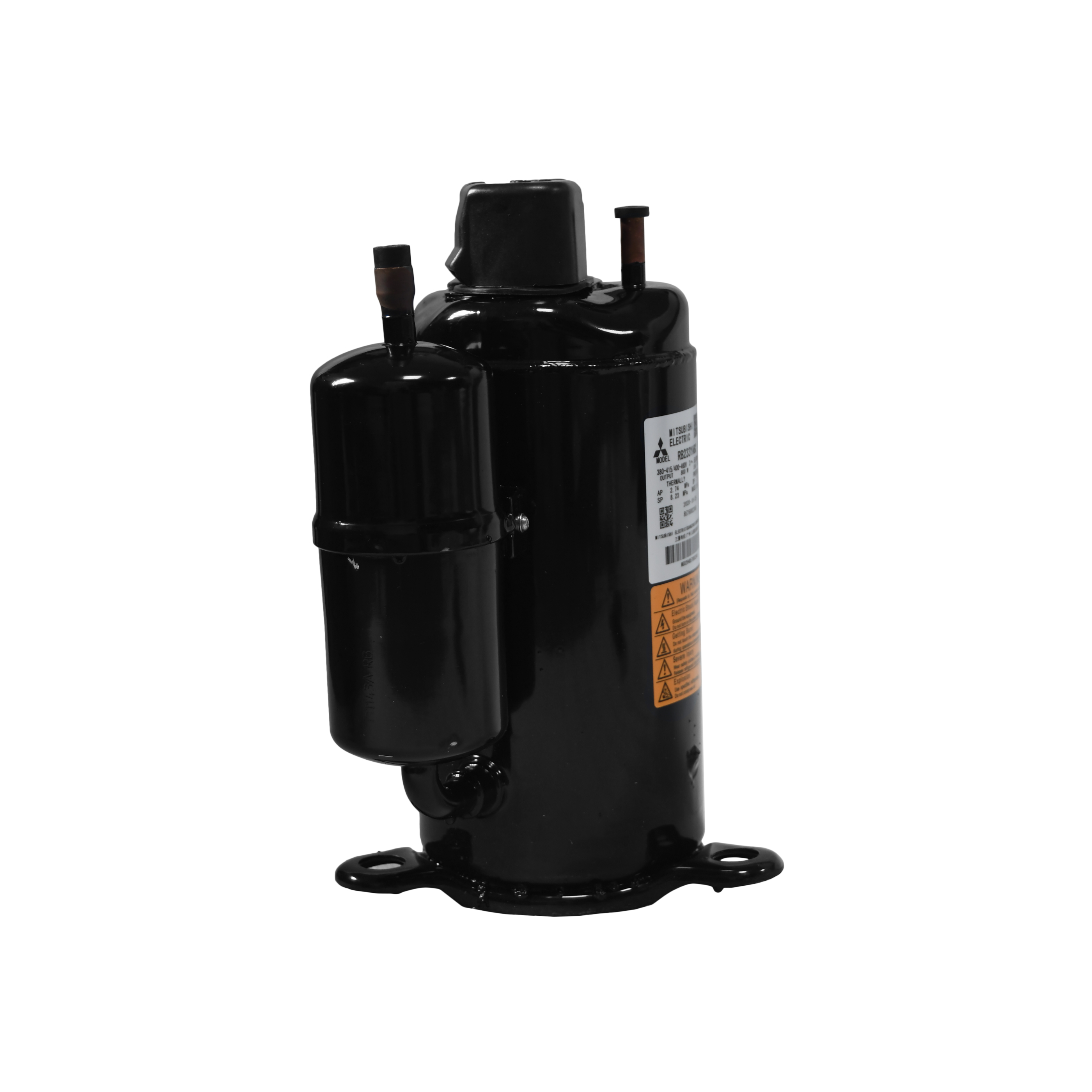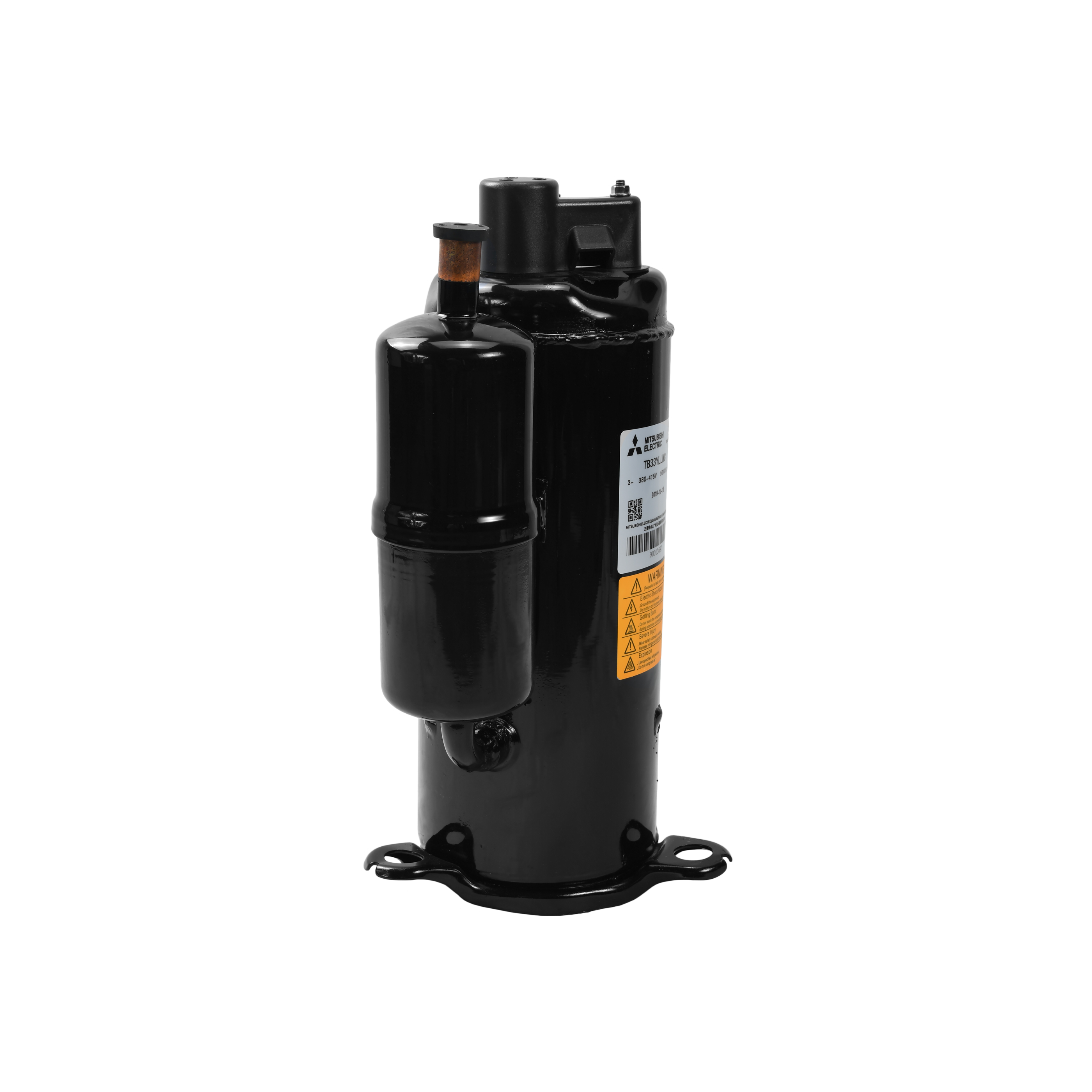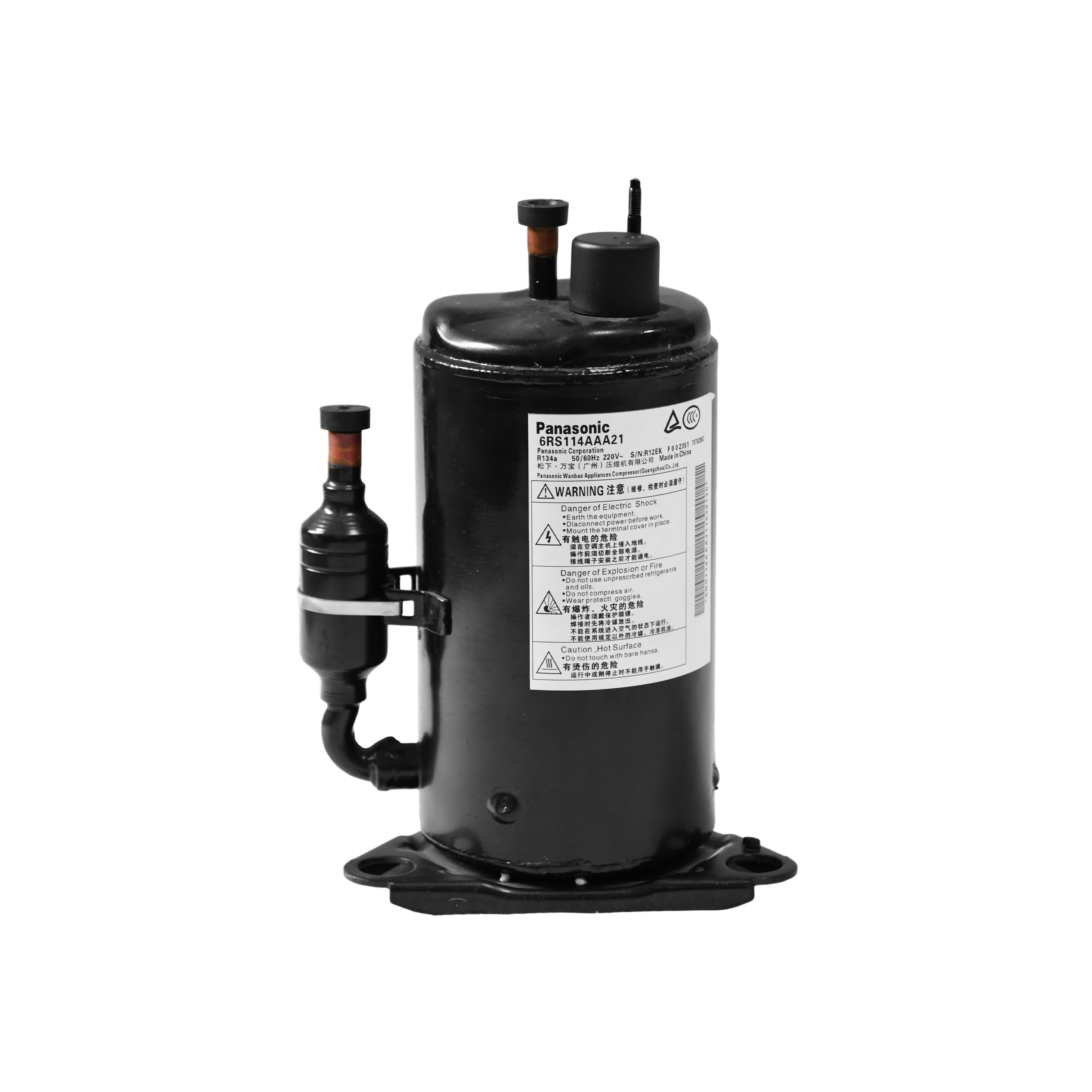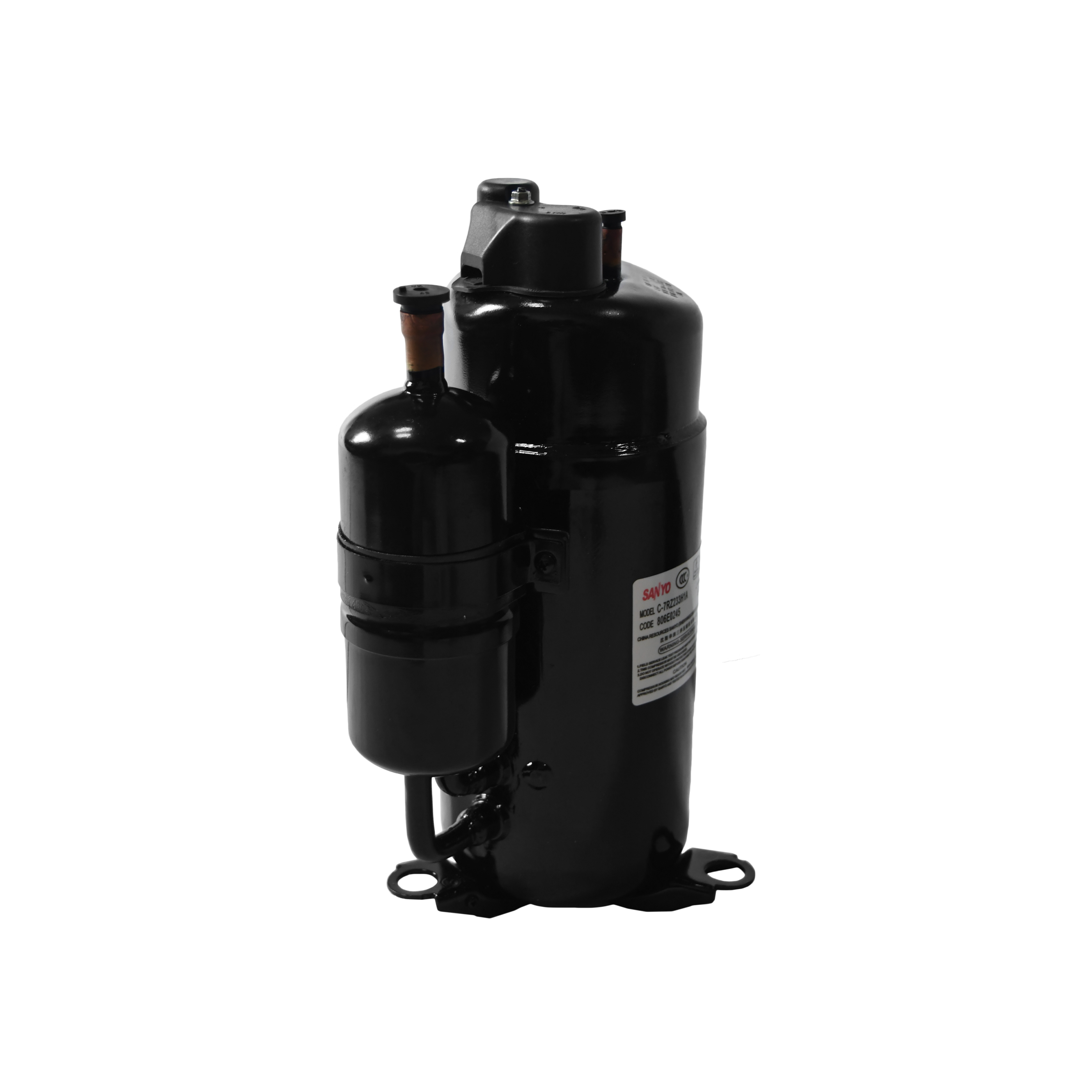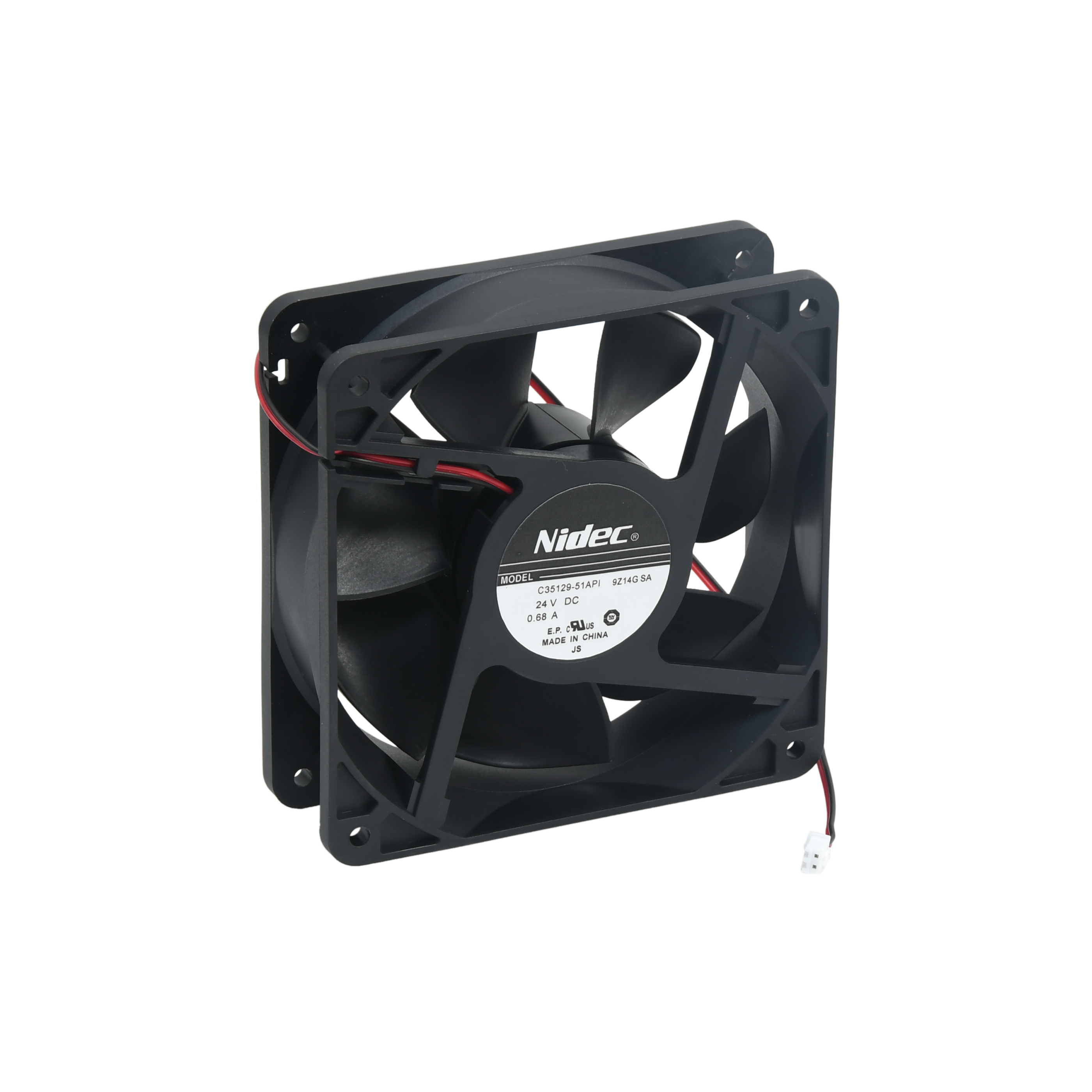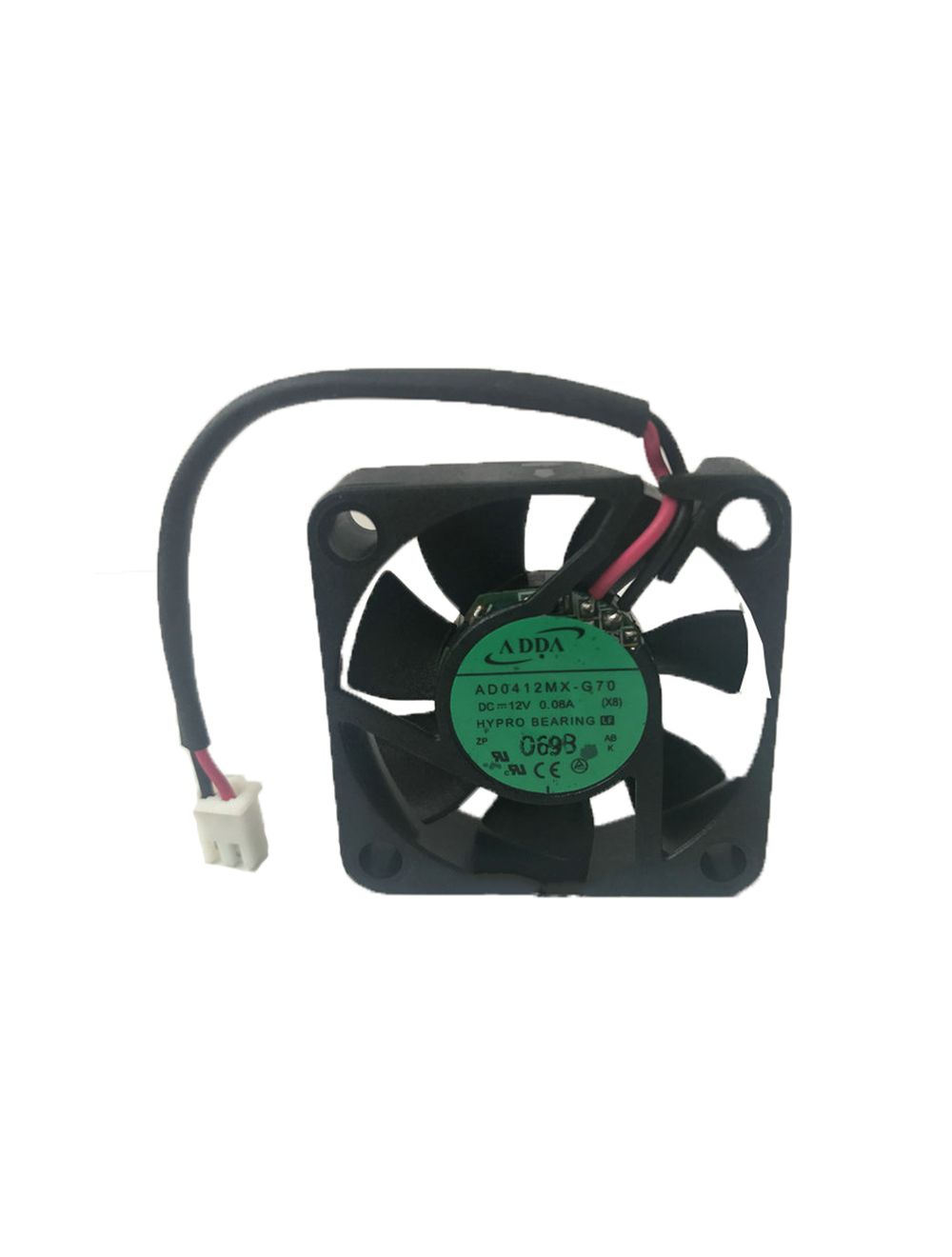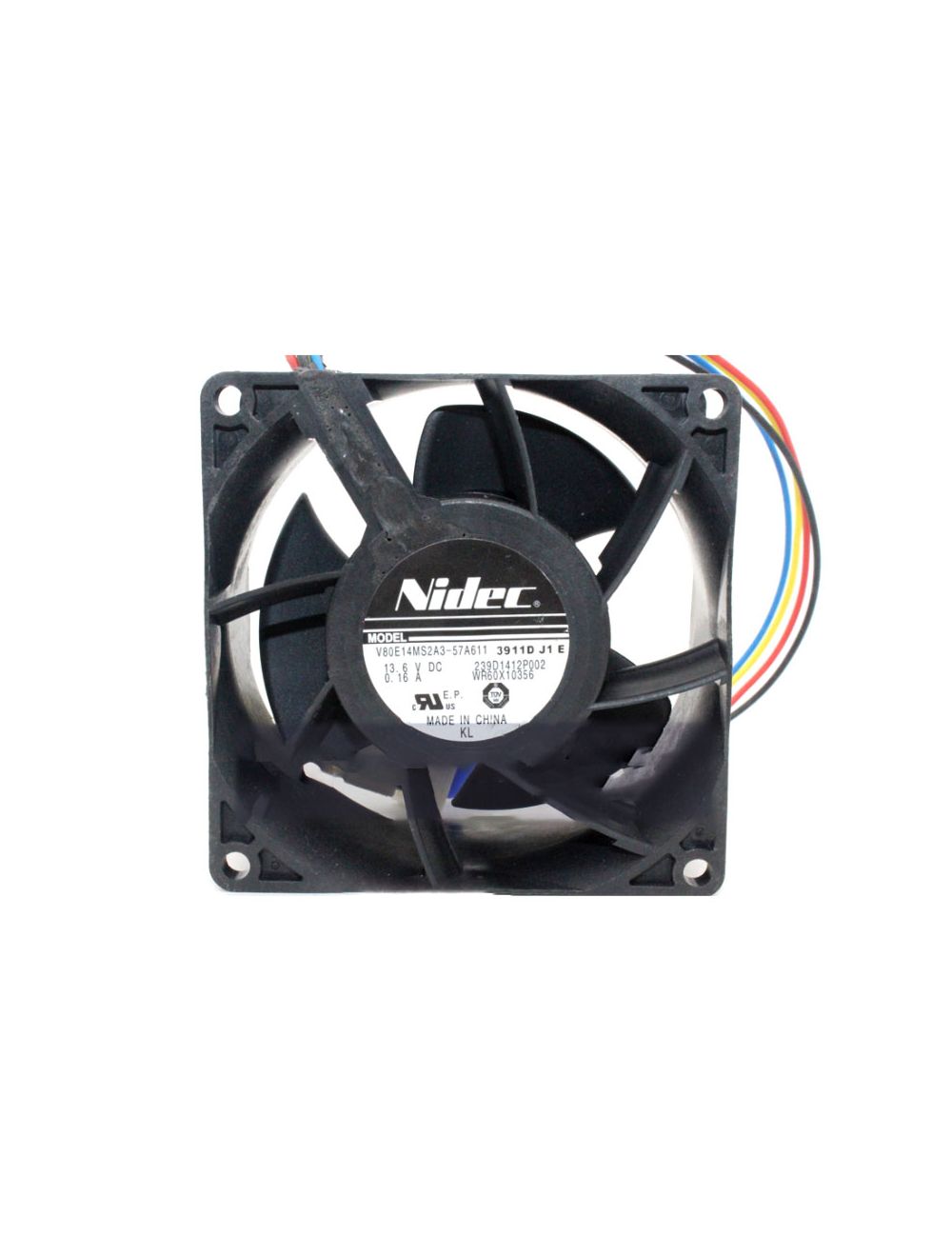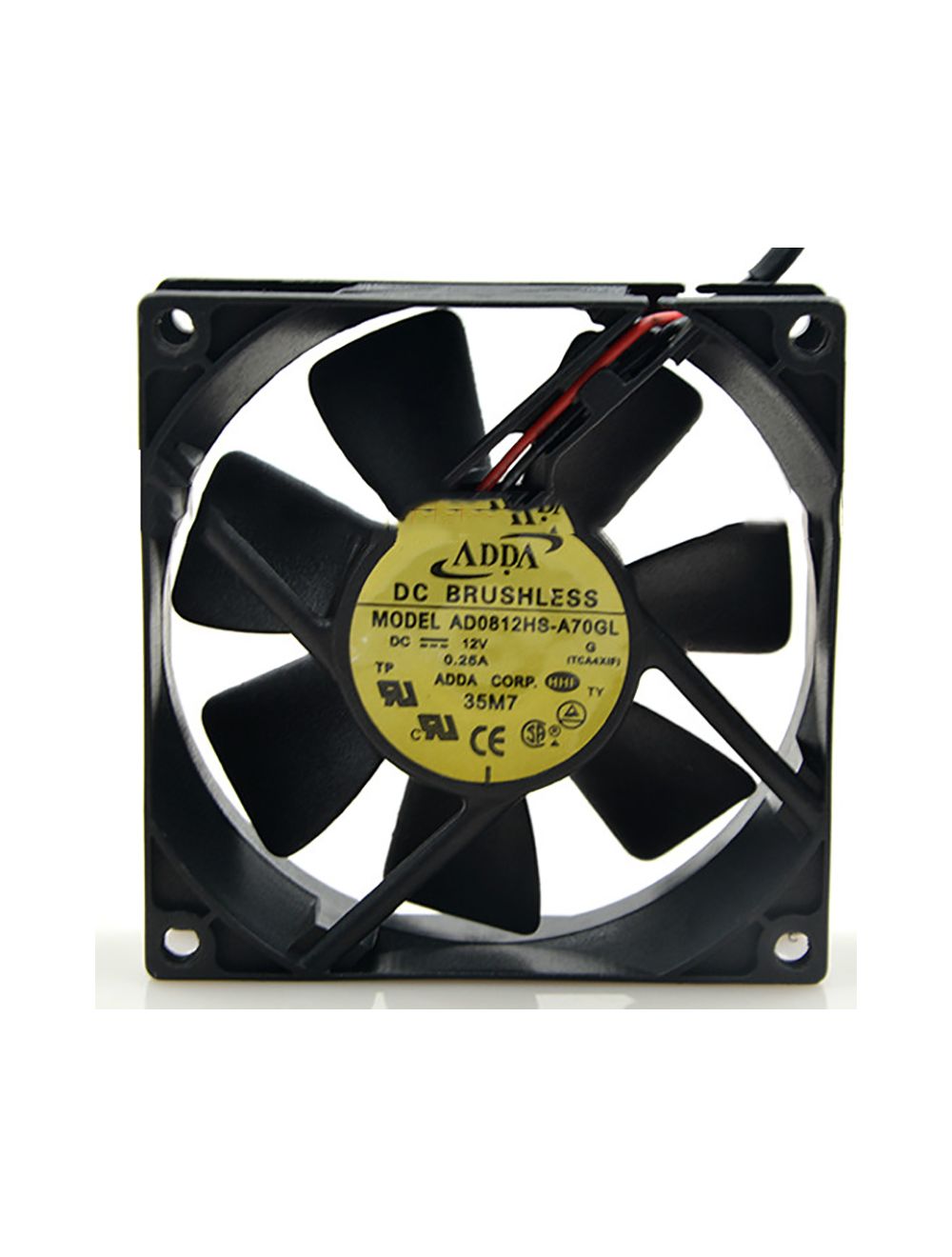Central air conditioning maintenance solutions
Residential central air conditioning is a system designed to regulate indoor temperature, humidity, and air quality. It is typically installed in the central area of a building and utilizes ducts and air channels to distribute warm or cool air to various rooms. In contrast to traditional split-type air conditioning units, residential central air conditioning systems are better suited for larger homes, commercial buildings, and office spaces where multiple rooms or areas require simultaneous temperature control.
Basic introduction
A household central air conditioning system is capable of providing balanced temperature and humidity throughout the entire house, ensuring that your living environment remains consistently comfortable. Whether it's the scorching heat of summer or the chilly cold of winter, a central air conditioning system can create a pleasant indoor atmosphere for you. It filters pollutants and dust from the air, offering clean air quality that helps reduce allergens and respiratory issues. It also has the ability to control indoor humidity, lowering the growth of mold and bacteria, thereby safeguarding the health of family members. In comparison to dispersed individual air conditioning units, central air conditioning systems are generally more efficient. They can lower energy consumption by precisely controlling temperature and humidity, consequently saving on energy costs.

Description of equipment components


Common problem:
Central air conditioning requires regular maintenance, including tasks such as changing air filters, cleaning condenser and evaporator coils, and more. Failure to perform routine maintenance may result in reduced performance, decreased energy efficiency, and potential malfunctions. If air filters are not replaced or cleaned regularly, indoor air quality may deteriorate, leading to health issues such as allergies and asthma. Some older central air conditioning systems might generate noise, impacting living comfort, whereas newer models are typically designed for quieter operation. Common issues include poor cooling or heating effects, inadequate air circulation, uneven airflow, leaks, abnormal temperature and humidity readings, among others.

Troubleshooting and Solutions
Condenser and evaporator coils blocked:
Clean the coils to ensure proper airflow.Check for temperature variations by touching different parts of the condenser surface and observe if there is any icing present.
Condensate drain pipe issues:
Inspect if there are any blockages at the exhaust outlet or if there is any noticeable debris in the discharged liquid
.Condensate water pump malfunction:
Check for any abnormal noises from the condensate pump, Inspect the water pump for proper operation, and replace it if needed. Some condensate pumps come with fault
indicator lights that you can check.Inspect the drainage pipe for any damage, and ensure that the pump's end is positioned higher than the discharge point.
Fan issues:
Inspect the fan blades for looseness, damage, or the need for cleaning, and repair or replace as necessary. inspect whether the outdoor unit fan rotates evenly during operation and check if there are any foreign objects adhering to the fan blades.
Compressor problems:
Check if the compressor is running properly, and replace it if needed. check if there are any loose screws in the compressor mounting and inspect the outdoor unit's housing for the presence of foreign objects.
Duct issues:
Examine the ductwork for damage or blockages, and clean or repair as needed. inspect if there is any accumulation of foreign objects at the pipe openings and check for any damage or aging in the pipes.
Refrigerant leakage:
Check the refrigerant levels and repair any leaks, then recharge the refrigerant. ( a partial refrigerant leakage is usually accompanied by an unusual odor and emits a slight abnormal sound.)
Compressor malfunction:
Verify if the compressor is operating properly, and replace it if necessary. when there is no short circuit and normal startup is possible, the compressor should have no abnormal noises or vibrations.
Electrical problems:
Inspect electrical components such as wires, switches, fuses, etc., for damage, and repair or replace them. after ensuring that the fuse is not short-circuited, use an electric pen to measure whether there is a short circuit in the capacitor, contactor, and main control board.
System overload:
Ensure that the central air conditioning system's load is appropriate and does not exceed its design capacity. after verifying the proper functioning of the overload protection device, you can use an ammeter to measure whether the current during air conditioning operation exceeds the
specified range. (For specific details, refer to the instruction manual.)
Power problems:
Check the power outlet and power switch to ensure a proper power supply. after ensuring that the connections are correct, use an electric pen to confirm that the power outlet is free from faults.
Electrical faults:
Inspect electrical components such as wires, switches, fuses, etc., and repair or replace them. use an electric pen tool to systematically check the control board, capacitors, contactors, and power supply for any short circuit issues.
Control panel malfunction:
Verify if the control panel is functioning correctly, and replace it if necessary. operate the control board to verify if the air conditioning system responds correctly. If there are instances of invalid operations, it might indicate a fault in the control board.
Common Parts Replacement:

Replacing the compressor of a household central air conditioning system is a complex task that requires specialized skills and knowledge.
Note: This process involves knowledge of electrical and mechanical systems. If you are not familiar with these areas, do not attempt to replace the compressor on your own.
Preparation: Turn off the power switch of the central air conditioning unit and ensure the electrical components are in a safe state. Wear appropriate personal protective equipment such as gloves and goggles. Use professional tools to discharge the refrigerant from the system, ensuring no environmental contamination. Handling of refrigerants should adhere to environmental standards.
Disassembling the Compressor: Disassemble the casing of the central air conditioning unit to expose the compressor and relevant components. This might require tools such as screwdrivers and wrenches. Use a soldering gun to melt the solder connecting the copper pipes, disconnect the refrigerant lines linked to the compressor, and remove the compressor from its mounting position.
Installing the Compressor: Before installation, use air gun refrigerant lines to the new compressor. Use a soldering gun to connect the intake and exhaust copper pipes of the compressor to the corresponding outdoor unit pipes. Copper foil tape, solder wire, or solder rods may be needed. Avoid touching the equipment with your hands before the soldering points cool to prevent burns. Once cool, inspect the soldered joints for leaks. Connect the power to the compressor and connect the compressor's wire terminals to the power source.
Refrigerant Filling: Use a vacuum pump to remove air and moisture, preparing the system to receive new refrigerant. Following the manufacturer's recommendations, use appropriate tools to inject the correct amount of refrigerant into the system.
Testing: Connect the power and start the central air conditioning system. Check the operation and performance of the new compressor, ensuring there are no leaks or anomalies. Once confirmed to be working correctly, reassemble the casing of the central air conditioning unit, ensuring all components are correctly installed and secured.
Note: Replacing an expansion valve involves the refrigeration system and refrigerant, and requires careful handling to ensure safety. Make sure to follow safety regulations during the operation.
Preparation: Turn off the power switch of the central air conditioning system and use appropriate tools and equipment to protect yourself. Use specialized tools to discharge the refrigerant from the refrigeration system, ensuring no environmental pollution. Proper handling of the refrigerant should adhere to environmental standards.
Disassemble the Expansion Valve: Remove the casing of the central air conditioning system to expose the refrigeration system and expansion valve. Remove the old expansion valve from the refrigeration system.
Install the New Expansion Valve: Install the new expansion valve into the refrigeration system, ensuring secure bolts and connections. Reconnect the refrigerant pipes to the new expansion valve. Ensure tight connections and use appropriate sealing materials. Use a vacuum pump to remove air and moisture, preparing the system to receive the new refrigerant. According to the manufacturer's recommendations and requirements, use suitable tools to inject the correct amount of refrigerant into the system.
Acceptance: Connect the power and start the central air conditioning system. Inspect the operation and performance of the new expansion valve, ensuring there are no leaks or abnormal occurrences. Reinstall the casing of the central air conditioning system, ensuring all components are properly installed and secured.


Note: Replacing a fan involves electrical and mechanical components, and requires careful handling to ensure safety. Make sure to follow safety regulations during installation and maintenance.
Preparation: Turn off the power switch of the central air conditioning system, ensuring that the electrical components are in a safe state. Wear appropriate personal protective equipment, such as gloves and safety goggles.
Disassemble the Fan: Remove the casing of the central air conditioning system to expose the fan and related components. Disconnect the power supply to the fan, ensuring the power is cut off to prevent electrical shocks. Use suitable tools to disassemble the old fan from its mounting position. Ensure that it is properly supported to prevent it from falling.
Install the New Fan: Install the new fan in the correct position, ensuring secure bolts and support components. Follow the manufacturer's guidance for installation. Reconnect the power supply of the new fan to the central air conditioning system. Ensure proper connections and that the power cord is undamaged.
Acceptance: Reinstall the casing of the central air conditioning system, ensuring all components are properly installed and secured. Connect the power and start the central air conditioning system. Ensure that the new fan operates normally, without any abnormal noises or vibrations.
Recommended product
Assembling the equipment needed for cold storage hot items













































